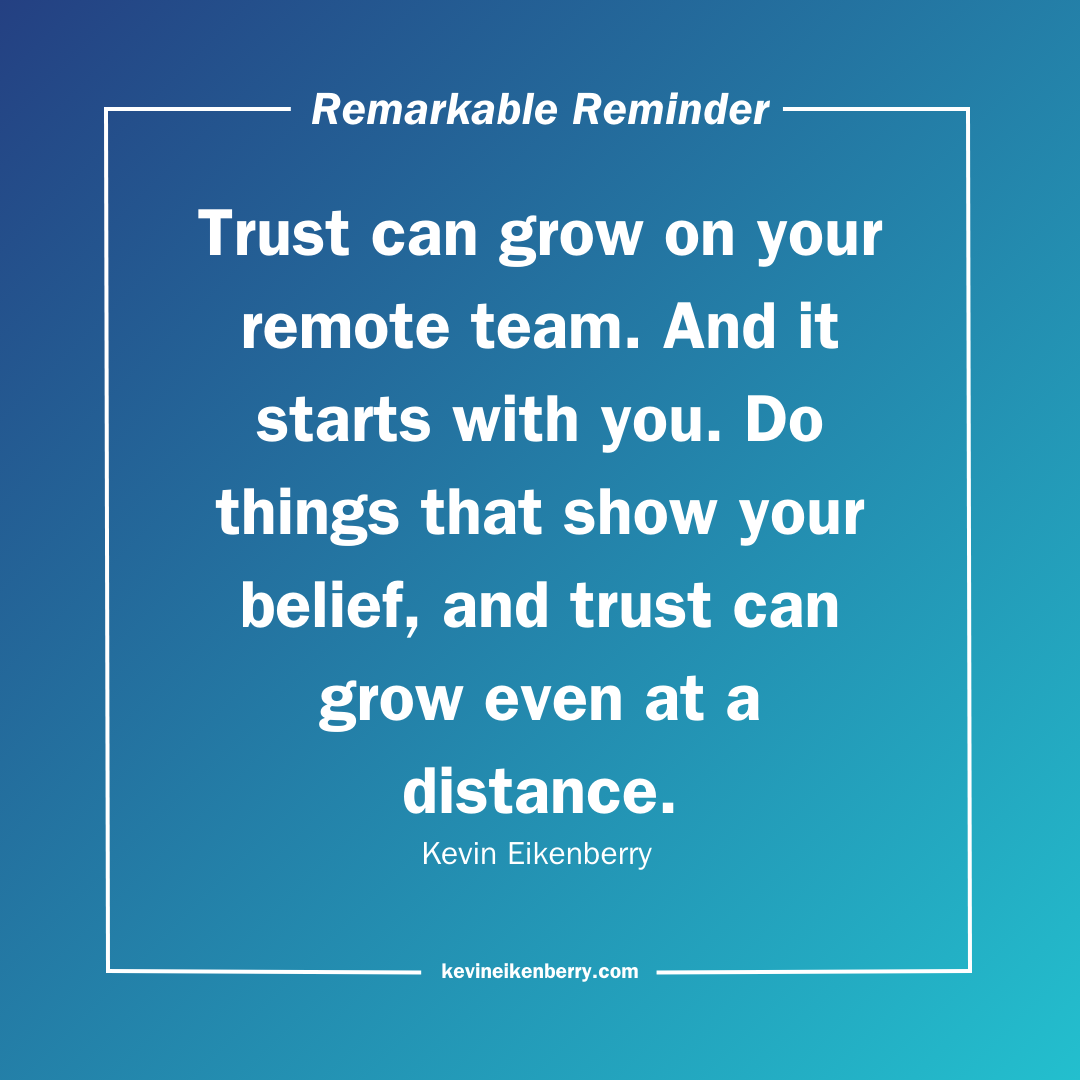In today's increasingly remote and hybrid work environments, building trust is more critical than ever. Without the regular face-to-face interactions that help naturally foster trust, remote teams often struggle to maintain the same level of cohesion and collaboration as their in-office counterparts. However, trust can be built and even strengthened at a distance if you take the right steps. In this post, we'll explore three practical strategies—plus a bonus tip—that will help you build and sustain trust with your remote team members.
1. Get Agreement on the Big Picture
When team members are working remotely, it’s easy for them to become disconnected from the overall goals and direction of the team. This misalignment can lead to confusion, inefficiencies, and a lack of trust. To combat this, it's essential to ensure that everyone is on the same page when it comes to the big picture. As a leader, take the time to discuss and agree on the team’s goals and objectives with all members. By establishing a shared understanding of what you're all working toward, you set a solid foundation for trust.
2. Be Specific with Deliverables
Clear and specific communication is the cornerstone of any successful remote team. When you ask for something to be delivered by a certain time, make sure you’re being as specific as possible. For instance, if you need a report by Friday, clarify whether you mean by the end of the day or by noon. Misunderstandings in remote teams are common because there's less opportunity for quick, in-person corrections. By clearly defining expectations, you help prevent disappointment and frustration, thereby building trust.
3. Ask, Don’t Assume
Assumptions can be the enemy of trust, particularly in a remote work setting. It’s easy to assume that everything is going smoothly or that your team members understand exactly what’s expected of them. However, these assumptions can lead to miscommunication and mistrust. Instead, make it a habit to ask questions and check in with your team. Whether it’s about the progress of a project or someone’s workload, asking shows that you care and are engaged, which in turn fosters trust.
Bonus Tip: Go First
You might find yourself agreeing with these strategies but hesitating to implement them, thinking it would be great if someone else on the team took the initiative. But here’s the key: don’t wait for others to build trust—go first. By taking the initiative to implement these trust-building practices, you set the tone for the rest of the team. Be the one who starts the conversations, who is clear about expectations, and who reaches out to ask questions. When you lead by example, others will follow, and trust will naturally grow.
Building trust in a remote environment isn’t just possible—it’s essential. By aligning on the big picture, being specific with your communication, asking rather than assuming, and taking the initiative, you can create a strong foundation of trust that will help your remote team thrive. Remember, trust starts with you, so don’t wait—take action today and watch your team’s collaboration and performance improve.
Follow The Remarkable Leadership Podcast


0 comments